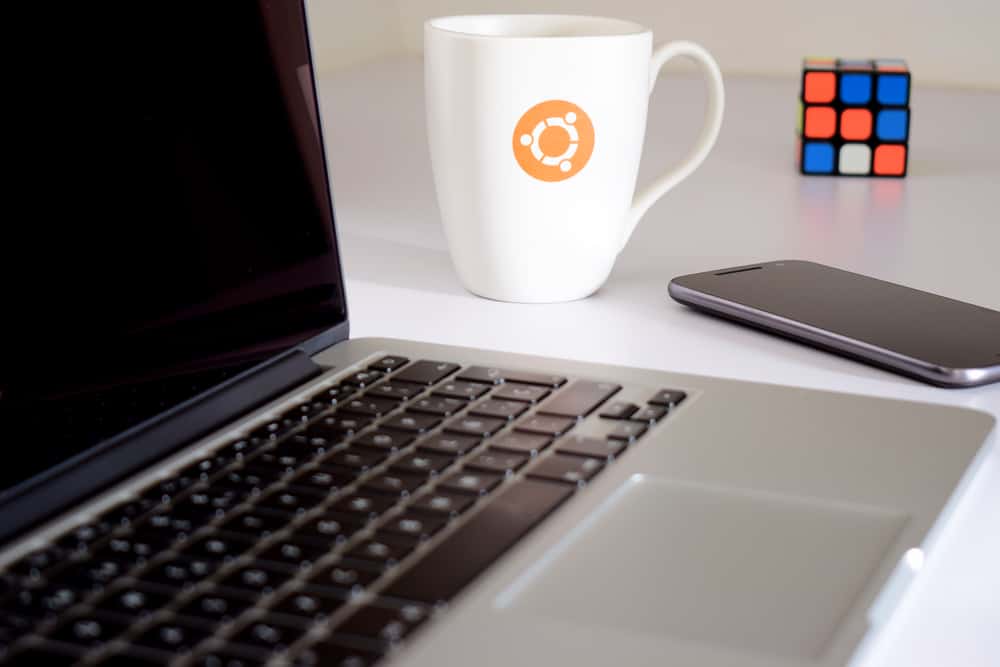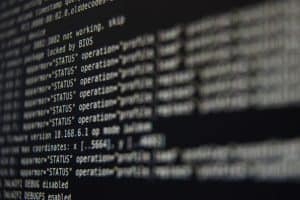
The GRUB (Grand Unified Bootloader) is a crucial part of many Linux systems, including Ubuntu 20.04. It’s the first software program that runs when a computer starts. It’s responsible for loading and transferring control to the operating system kernel software. Sometimes, you might need to access the GRUB menu to troubleshoot issues, change boot parameters, or select different kernels. In this article, we’ll guide you on how to access the GRUB menu on Ubuntu 20.04.
To access the GRUB menu on Ubuntu 20.04, you can try pressing the Escape (ESC) key after the UEFI/BIOS screen but before the GRUB menu normally shows. Alternatively, for BIOS systems, you can hold down the Shift key from the BIOS screen until the GRUB menu loads. If these methods don’t work, you can try disabling UEFI fast boot or checking the GRUB timeout setting. If all else fails, you may need to use advanced tools like Boot-Repair or perform a full reinstallation of GRUB.
Accessing GRUB Menu Using Keyboard Keys
Using the Escape Key
In most cases, pressing the Escape (ESC) key after the UEFI/BIOS screen but before the GRUB menu normally shows can bring up the GRUB menu. This method works for both UEFI and BIOS systems.
Using the Shift Key
For BIOS systems, holding down the Shift key from the BIOS screen until the GRUB menu loads can also work. This method may not work for UEFI systems.
Disabling UEFI Fast Boot
UEFI fast boot can sometimes prevent you from accessing the GRUB menu because it doesn’t give you enough time to press any key. If this is the case, you can disable UEFI fast boot in your system settings.
To do this, you’ll need to access your system’s UEFI firmware settings, which can usually be done by pressing a specific key (like F2, F10, or Del) during system startup. Once in the UEFI settings, look for a “Fast Boot” or similar option and disable it.
Checking the GRUB Timeout Setting
If you’ve changed the GRUB timeout to 0, you may not be able to see the GRUB menu. In this case, you can try booting from a cold start or performing a full power down to force the system to go through the full POST process. This might give you enough time to press the keys and access the GRUB menu.
To check or change the GRUB timeout setting, you’ll need to edit the GRUB configuration file. Open a terminal and type the following command:
sudo nano /etc/default/grubThis command opens the GRUB configuration file in the nano text editor. The ‘sudo’ command is used to execute the following command with root privileges. ‘Nano’ is a command-line text editor, and ‘/etc/default/grub’ is the path to the GRUB configuration file.
Look for a line that says GRUB_TIMEOUT=. This line sets the number of seconds the GRUB menu will show before it automatically boots the default entry. If it’s set to 0, change it to a higher number, like 10.
After making changes, save and close the file by pressing Ctrl+X, then Y, then Enter. Finally, update GRUB with the following command:
sudo update-grubThis command updates the GRUB bootloader with the new configuration.
Using Boot-Repair’s Advanced Options or Reinstalling GRUB
If none of the above methods work, you might need to use Boot-Repair’s advanced options or perform a full reinstallation of GRUB. Boot-Repair is a simple tool to repair frequent boot issues. You can find more information and instructions on using Boot-Repair from the Ubuntu community help wiki.
Conclusion
Accessing the GRUB menu on Ubuntu 20.04 can be achieved in several ways. Whether you’re using keyboard keys, disabling UEFI fast boot, checking the GRUB timeout setting, or using advanced tools like Boot-Repair, each method has its own benefits and use cases. Always remember to be careful when making changes to your system settings or configuration files, as incorrect changes can cause further issues. If you’re unsure, seek help from the Ubuntu community or a knowledgeable friend.
The GRUB menu is responsible for loading and transferring control to the operating system kernel software. It allows you to select different kernels, change boot parameters, and troubleshoot issues.
You can access the GRUB menu on Ubuntu 20.04 by pressing the Escape (ESC) key after the UEFI/BIOS screen but before the GRUB menu normally shows. For BIOS systems, you can also try holding down the Shift key from the BIOS screen until the GRUB menu loads.
There are a few possible reasons why you might not be able to access the GRUB menu. One reason could be that UEFI fast boot is enabled, which doesn’t give you enough time to press any key. In this case, you can try disabling UEFI fast boot in your system settings. Another reason could be that the GRUB timeout is set to 0, preventing the menu from appearing. You can check and change the GRUB timeout setting by editing the GRUB configuration file.
To disable UEFI fast boot, you’ll need to access your system’s UEFI firmware settings. This can usually be done by pressing a specific key (like F2, F10, or Del) during system startup. Once in the UEFI settings, look for a "Fast Boot" or similar option and disable it.
To check and change the GRUB timeout setting, you’ll need to edit the GRUB configuration file. Open a terminal and type the command sudo nano /etc/default/grub to open the file in the nano text editor. Look for the line that says GRUB_TIMEOUT= and change it to a higher number if it’s set to 0. Save and close the file, then update GRUB with the command sudo update-grub.
If none of the above methods work, you can try using Boot-Repair’s advanced options or perform a full reinstallation of GRUB. Boot-Repair is a tool designed to repair frequent boot issues and can be found on the Ubuntu community help wiki for more information and instructions.
Yes, it’s always important to be cautious when making changes to system settings or configuration files. Incorrect changes can cause further issues or even render your system unbootable. If you’re unsure, it’s recommended to seek help from the Ubuntu community or a knowledgeable friend.








